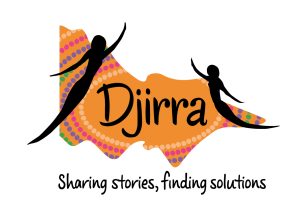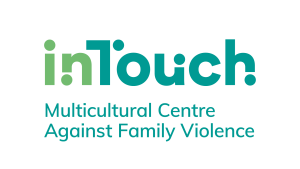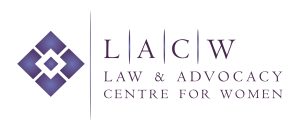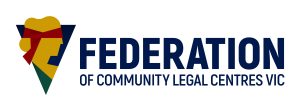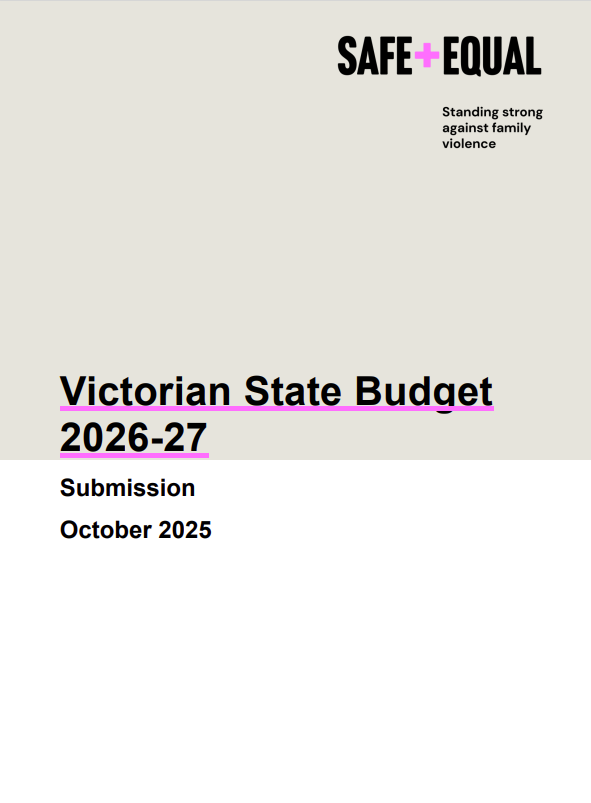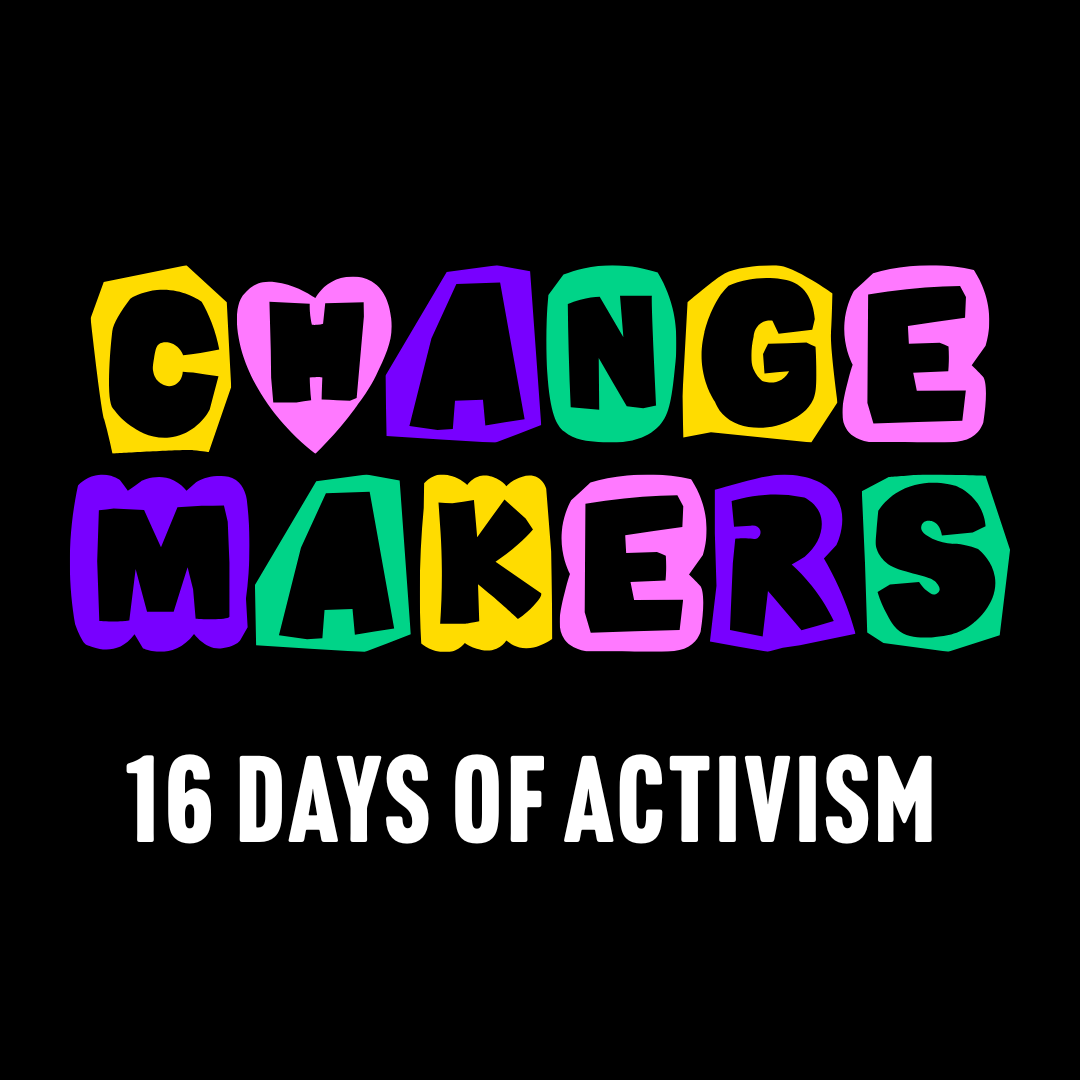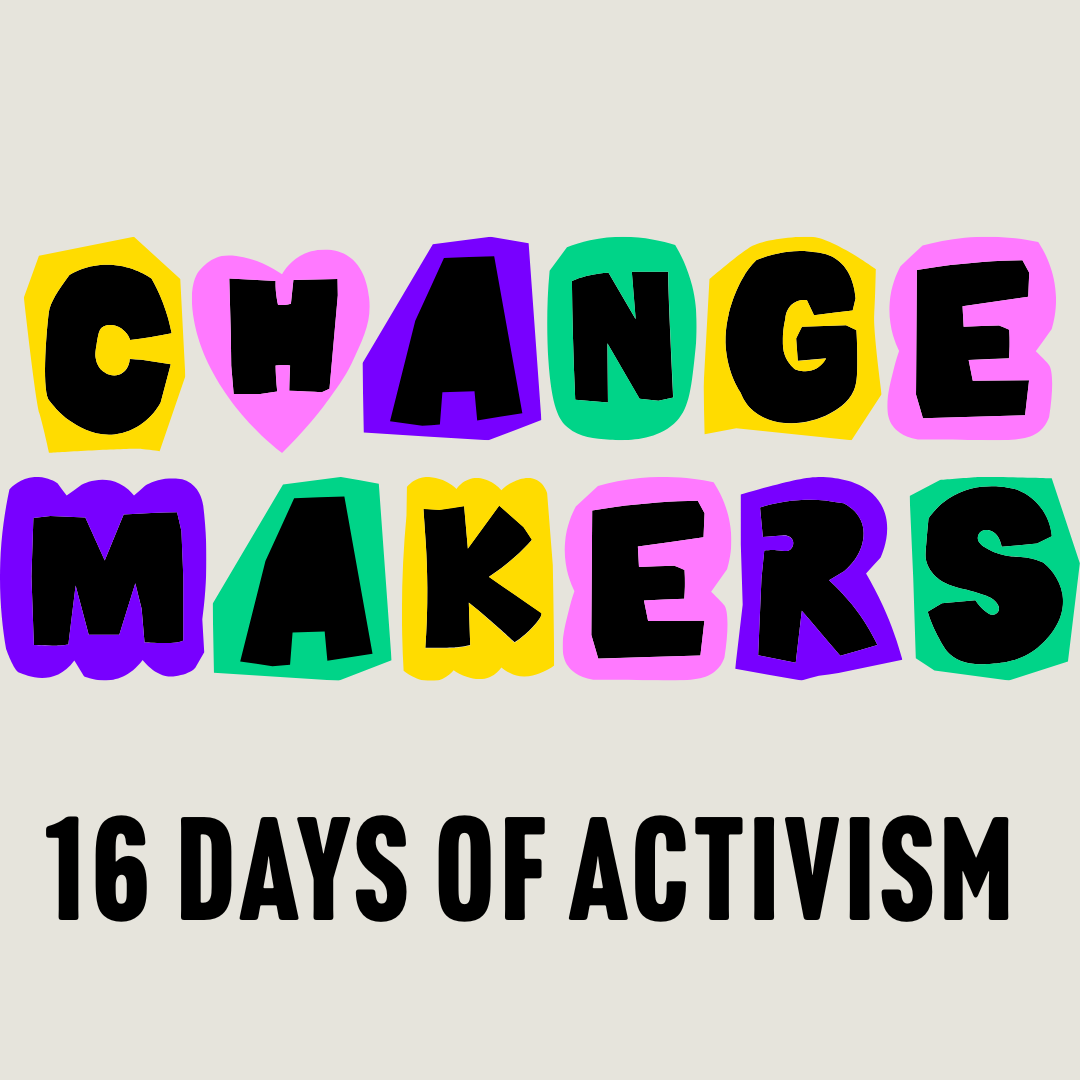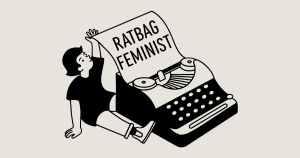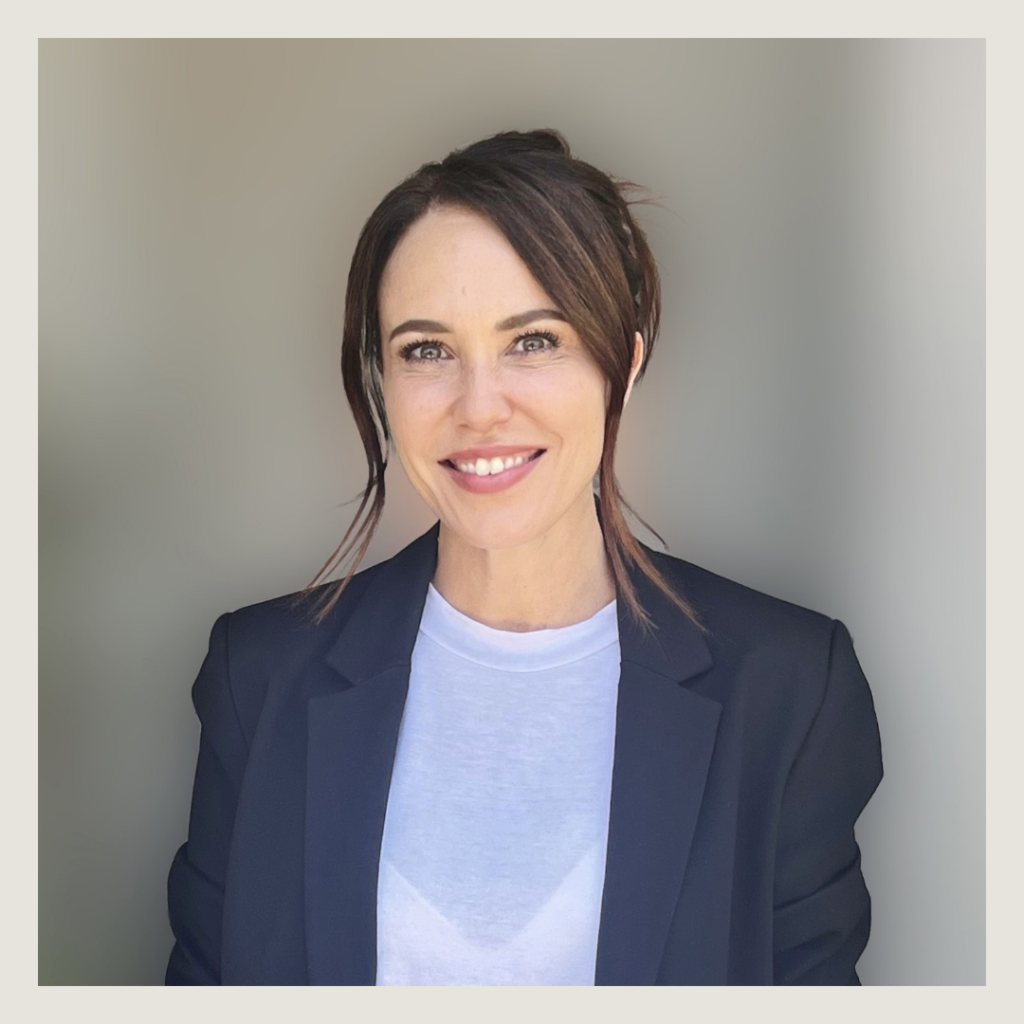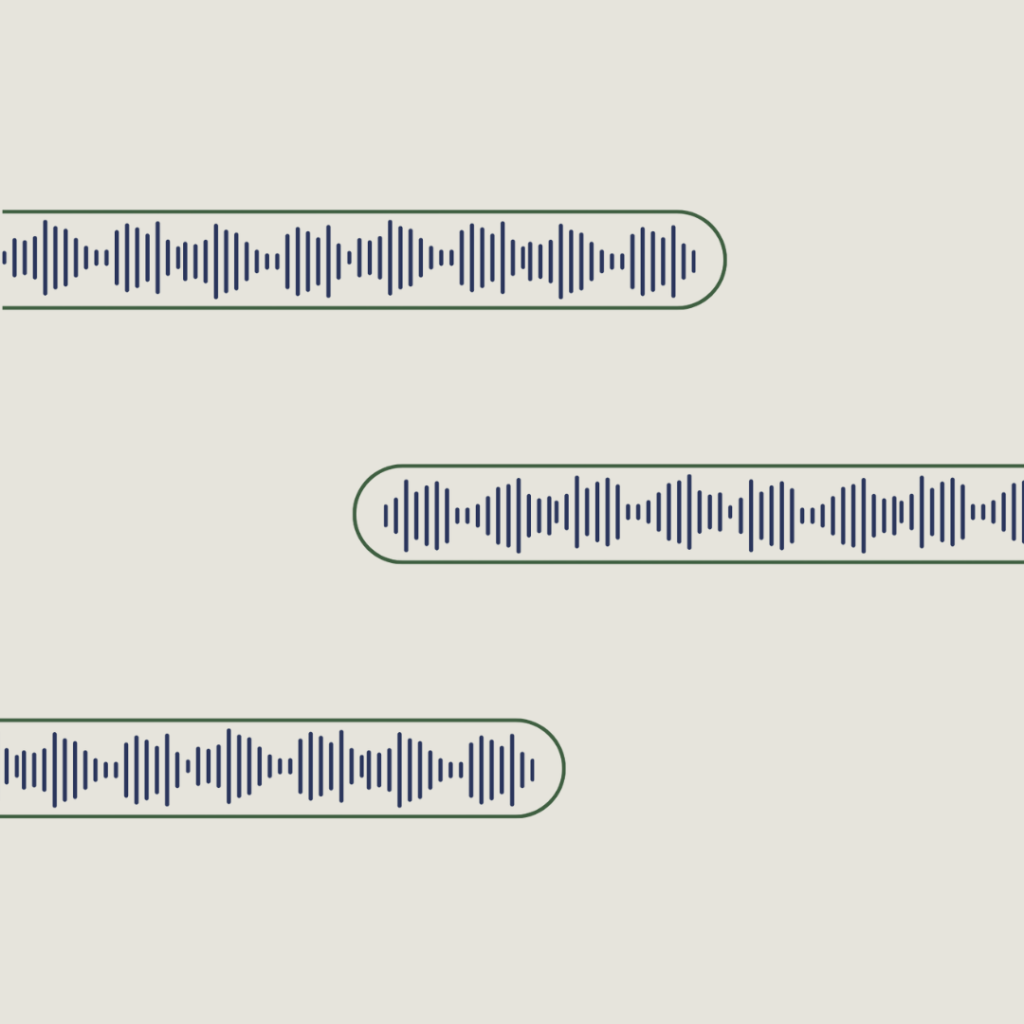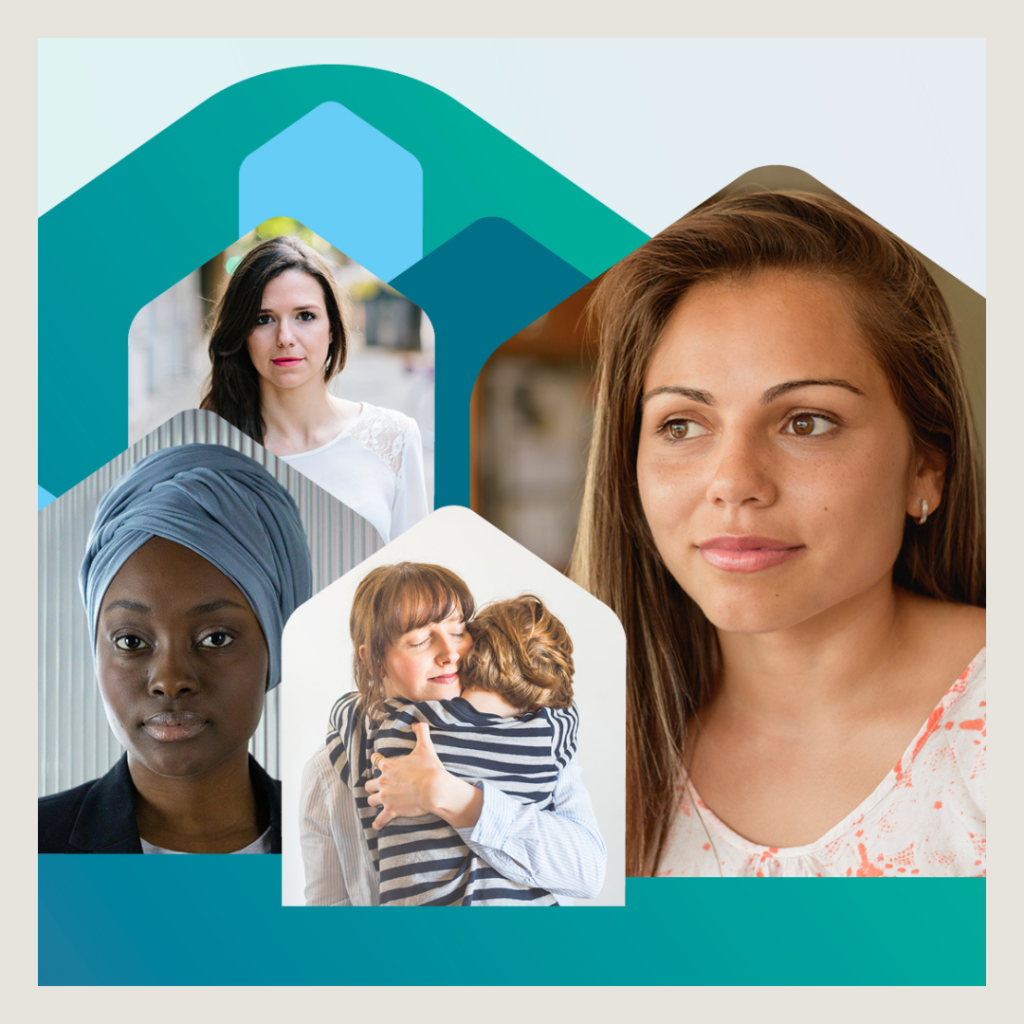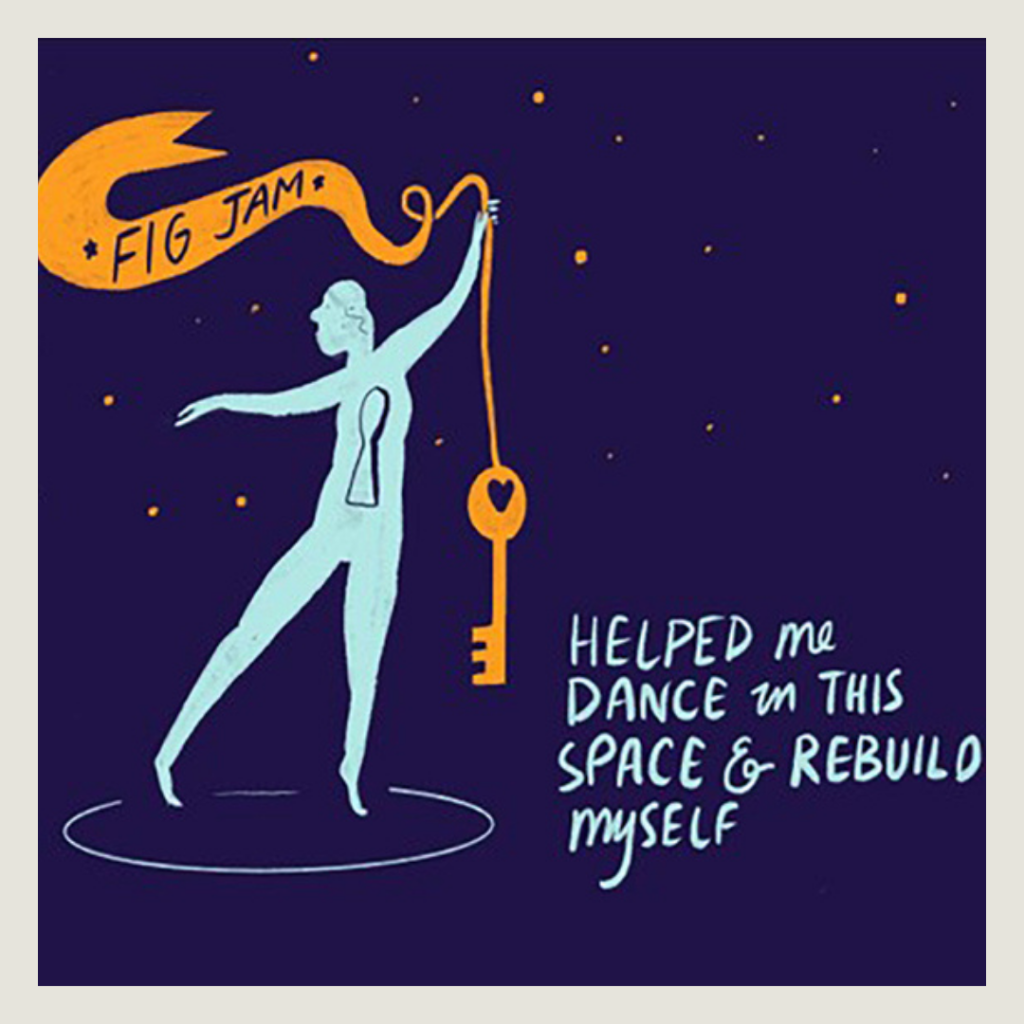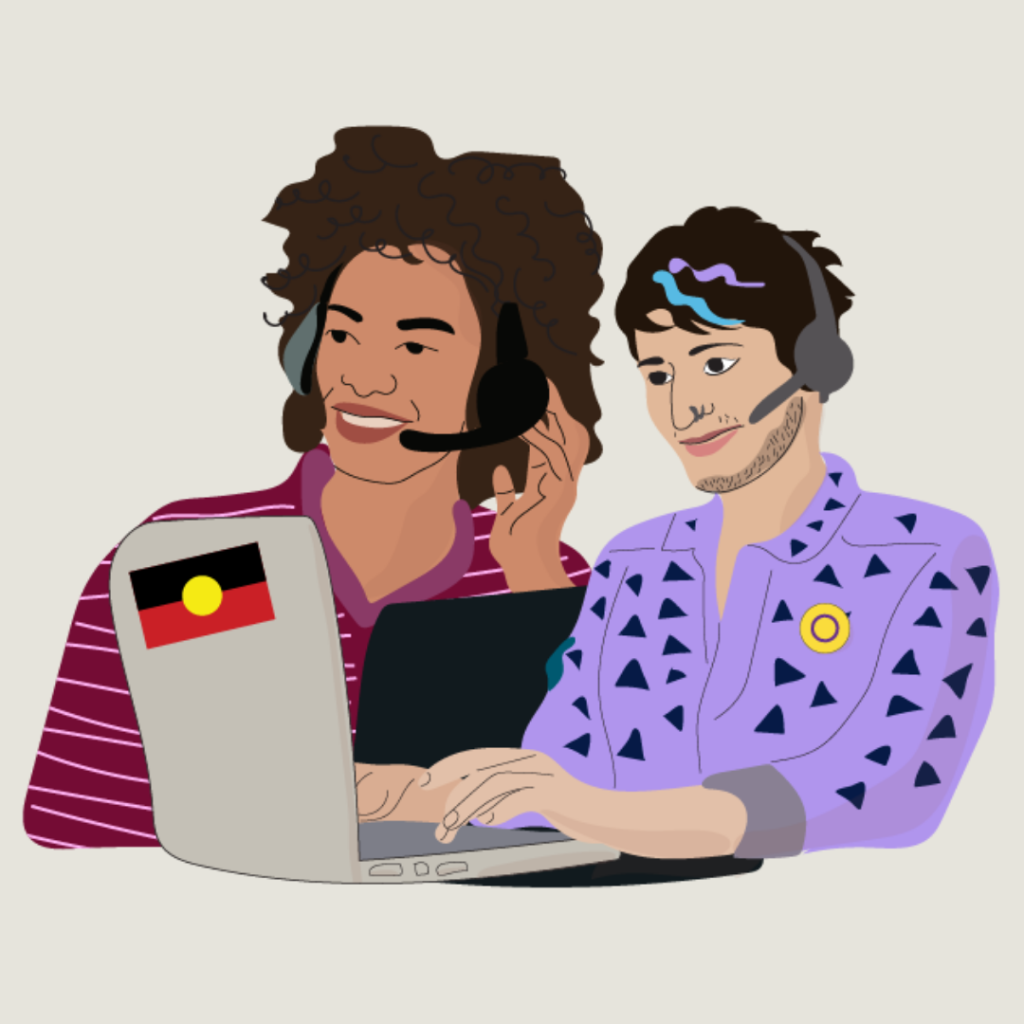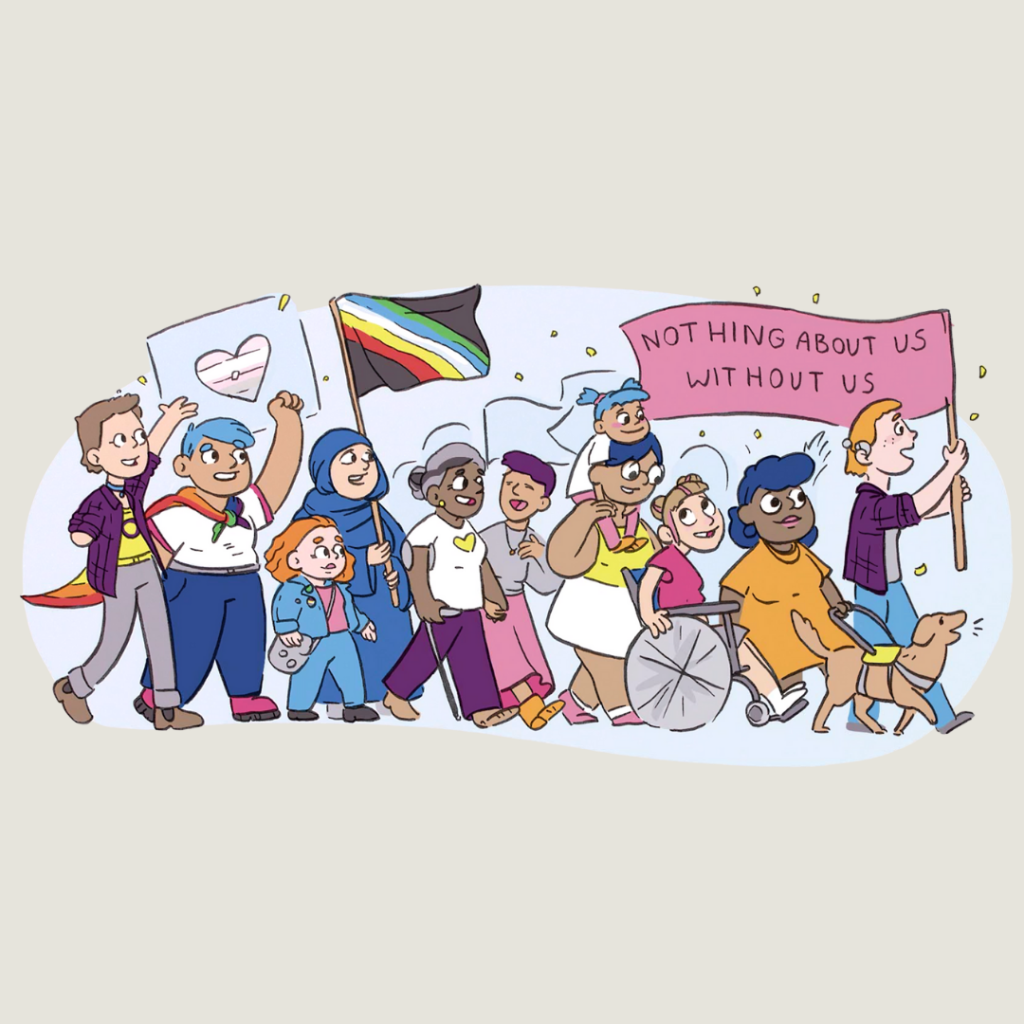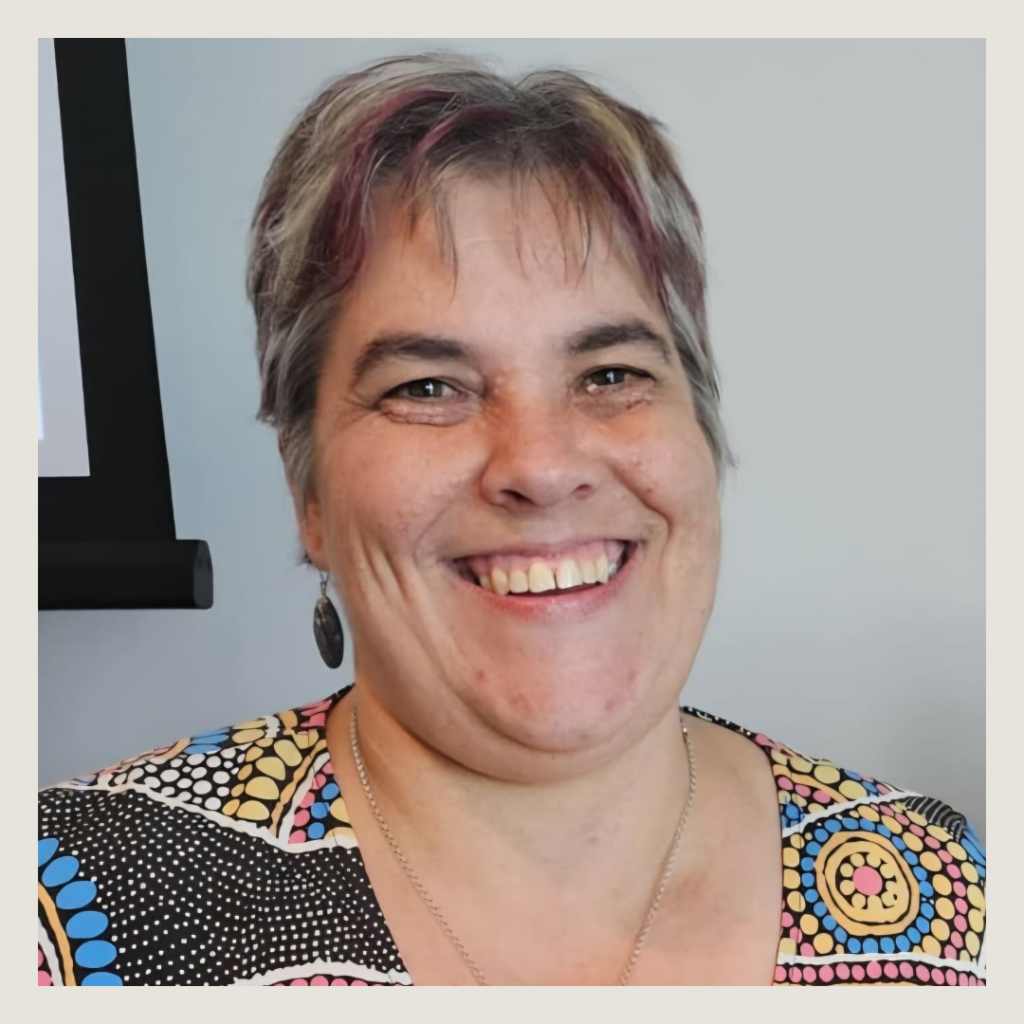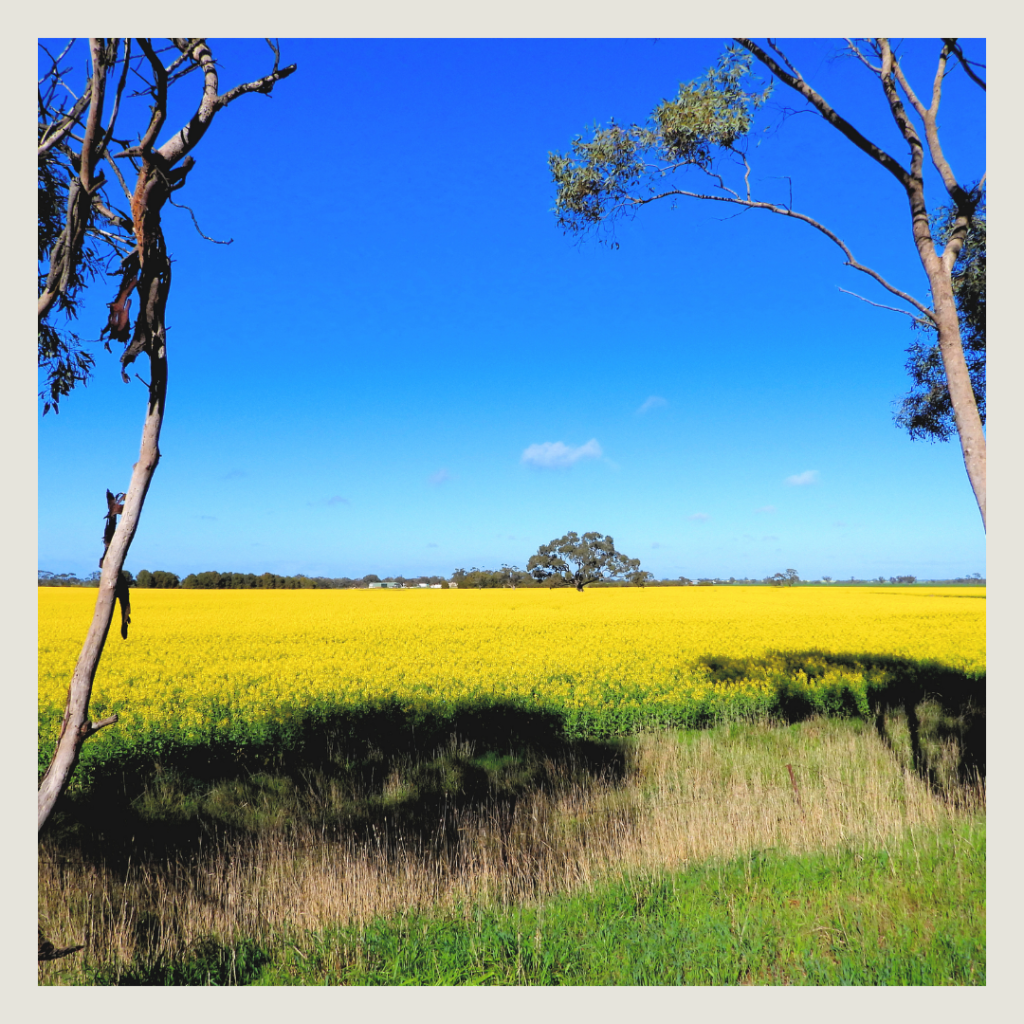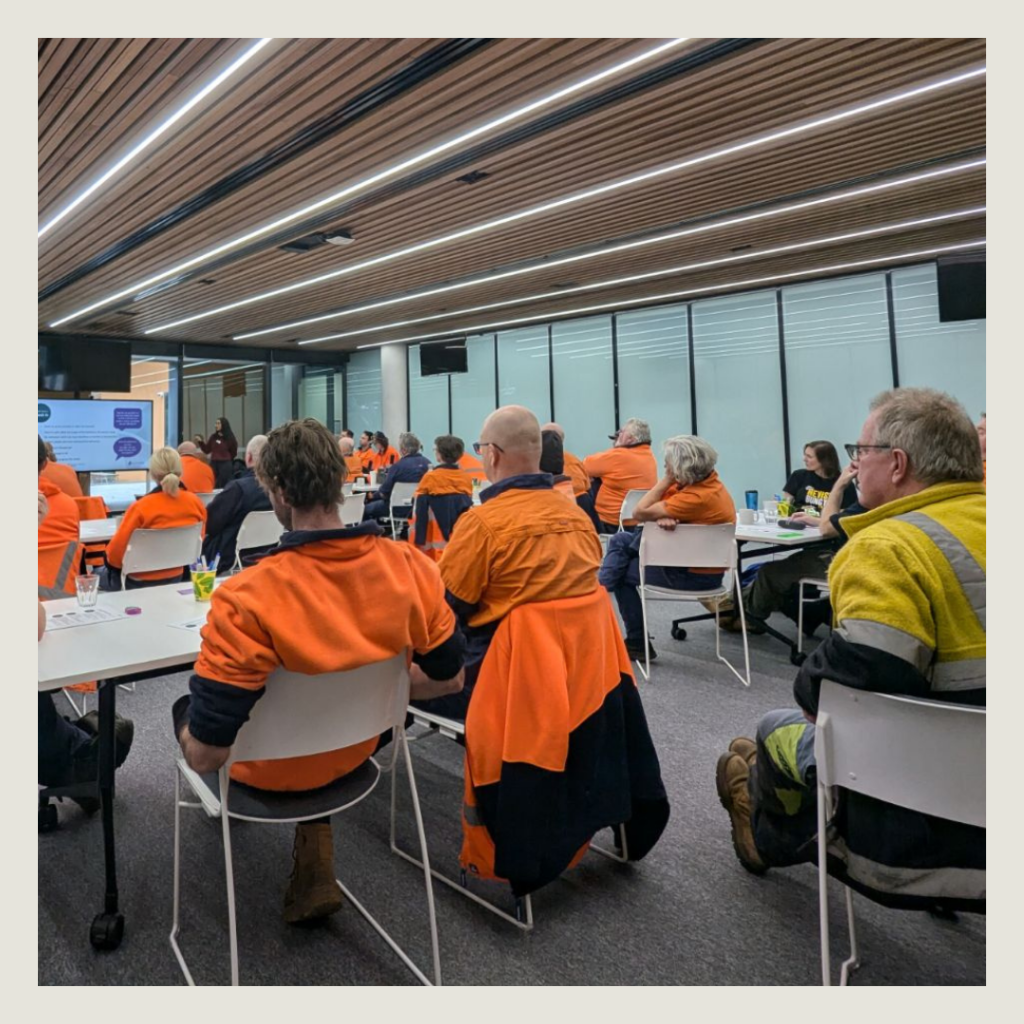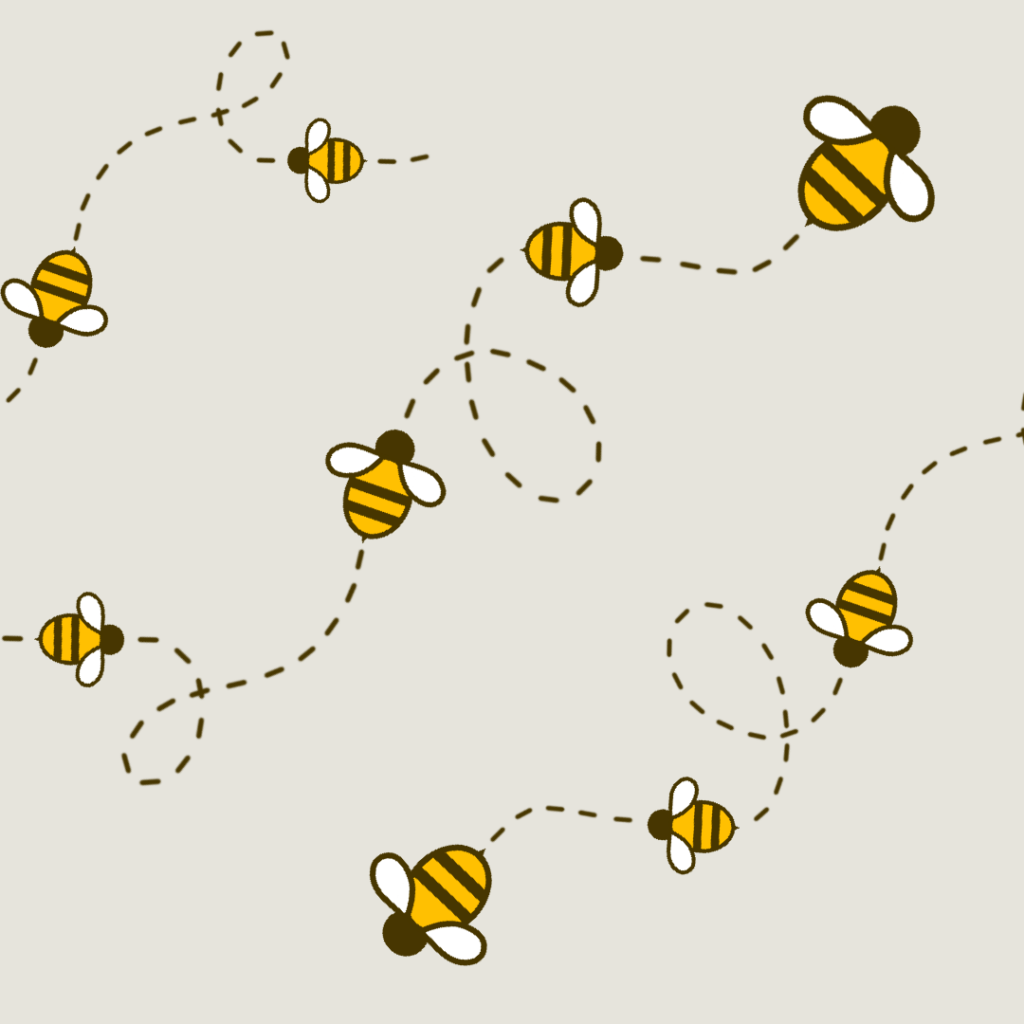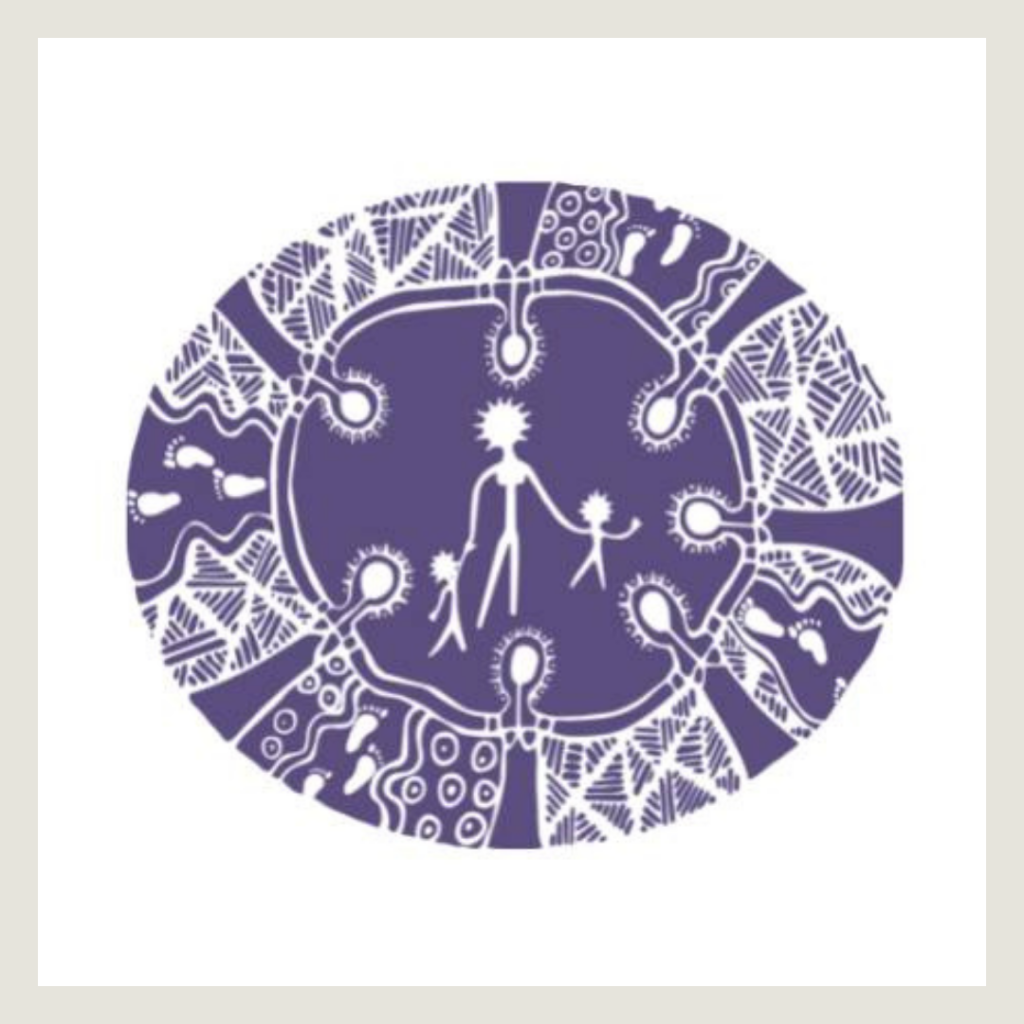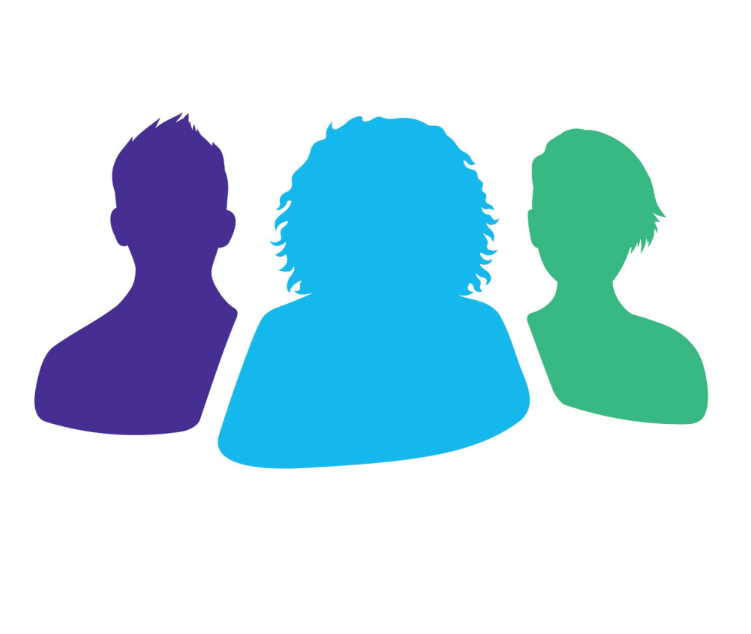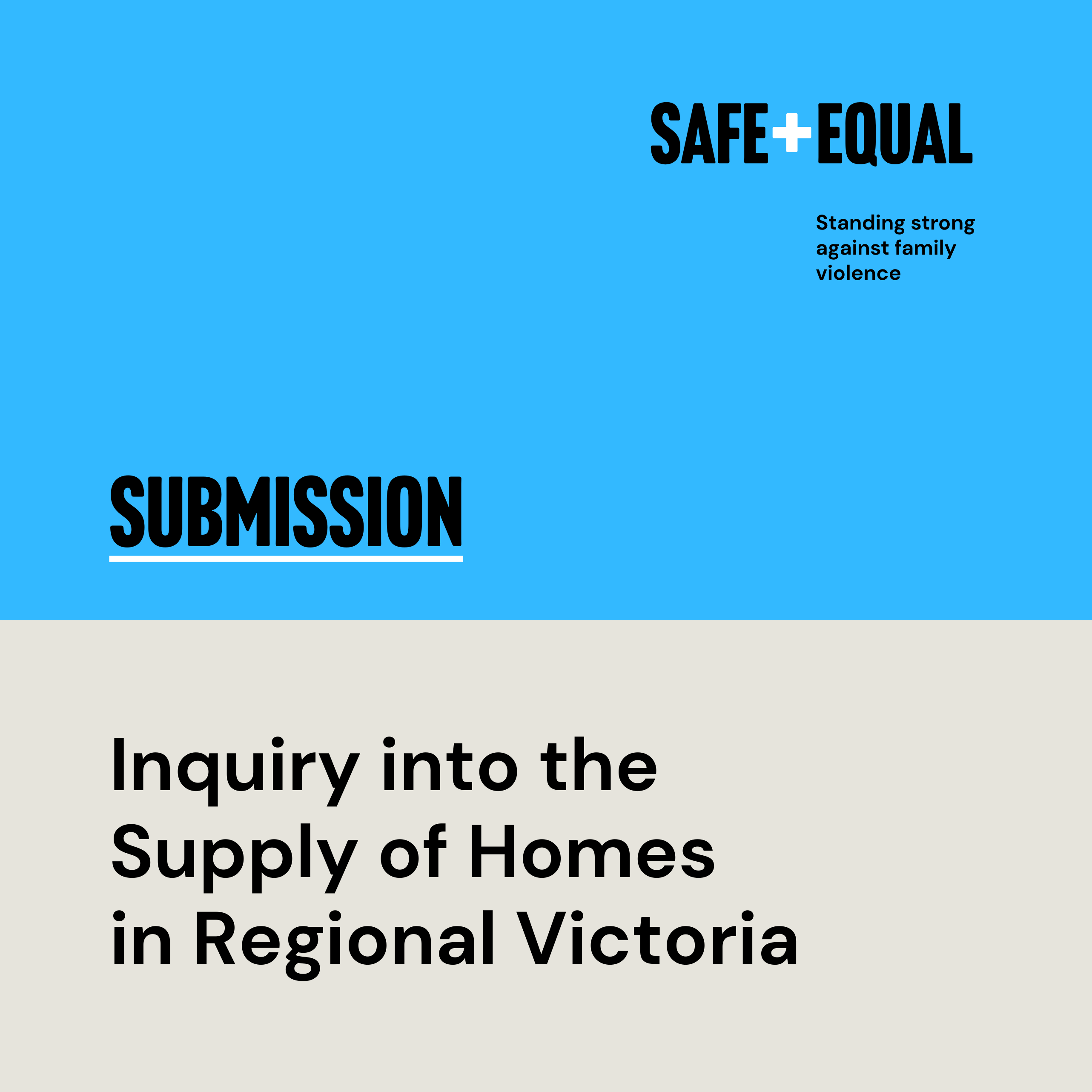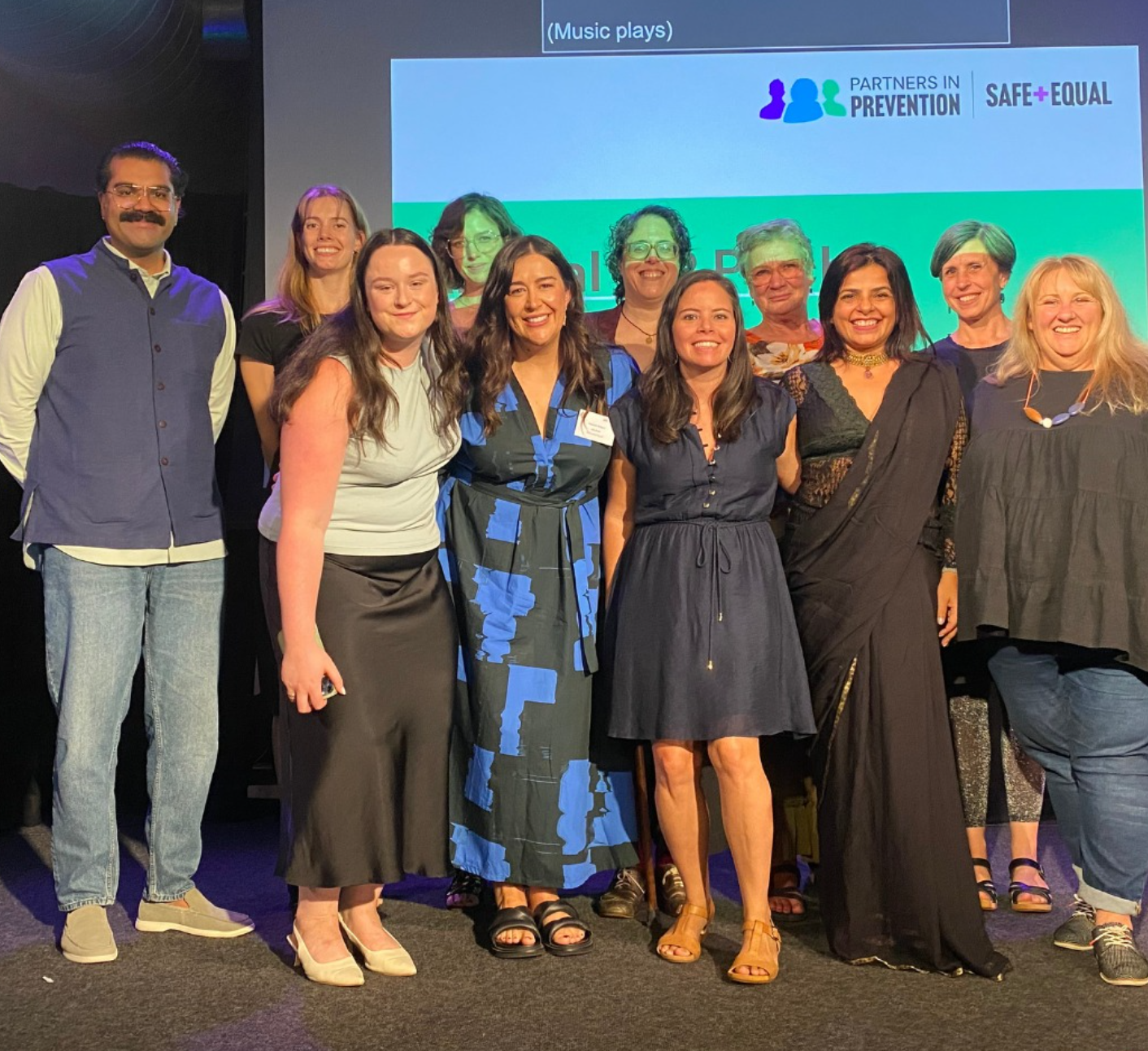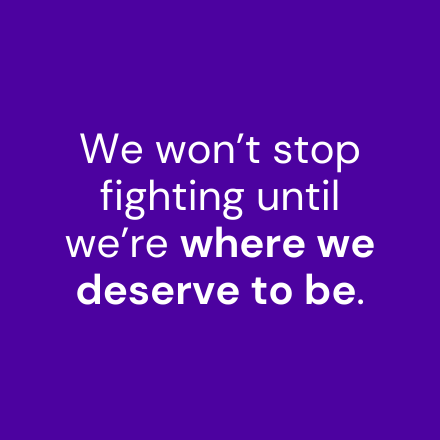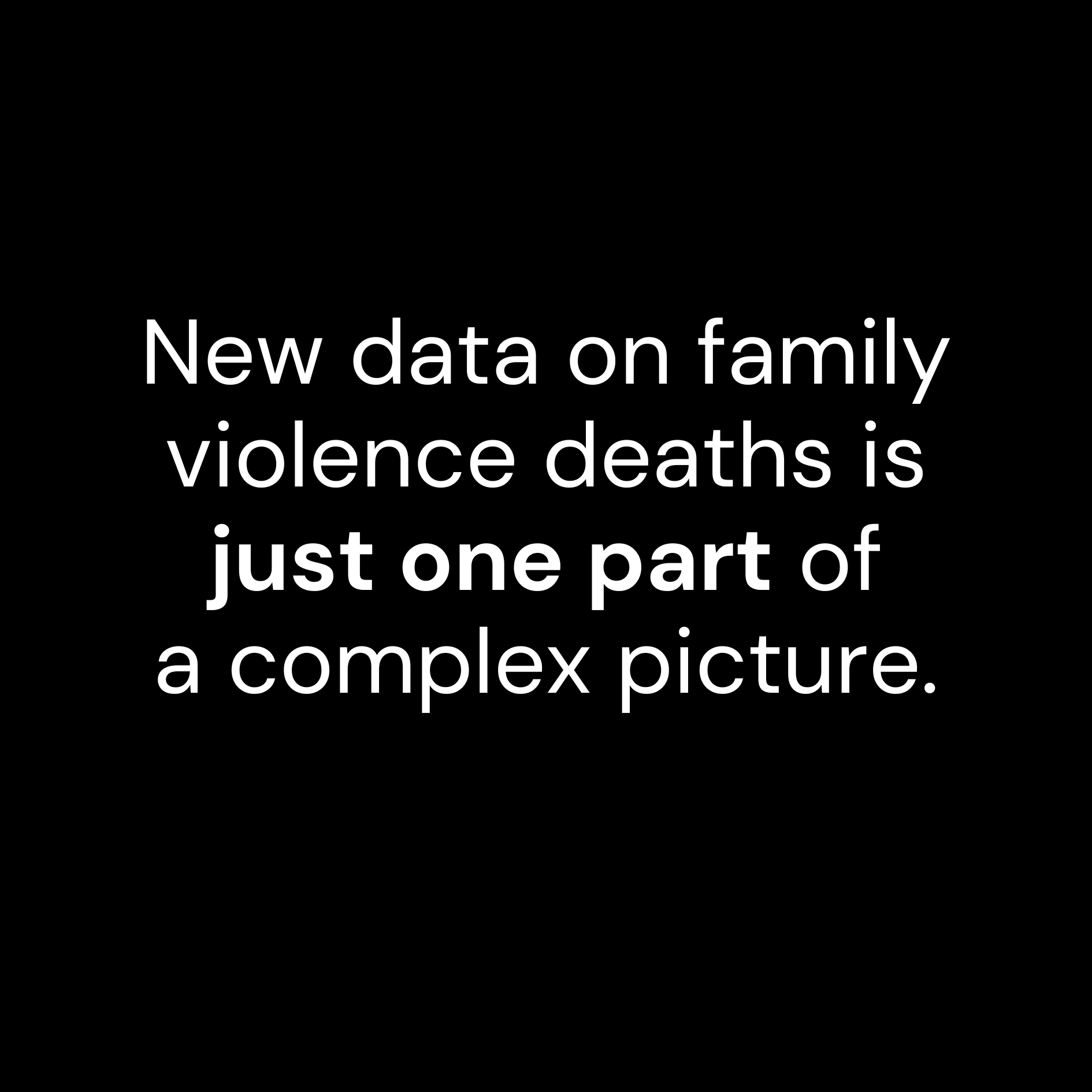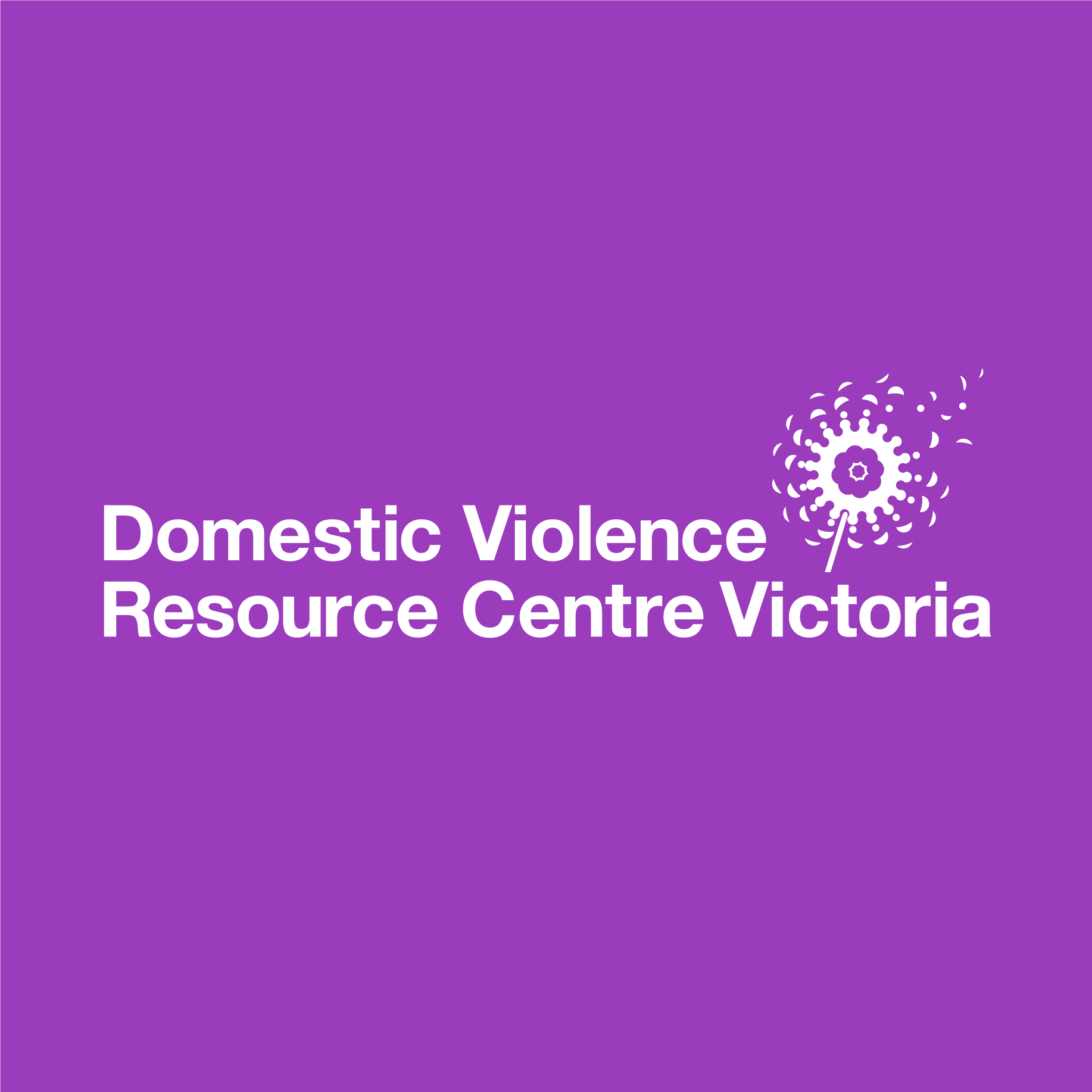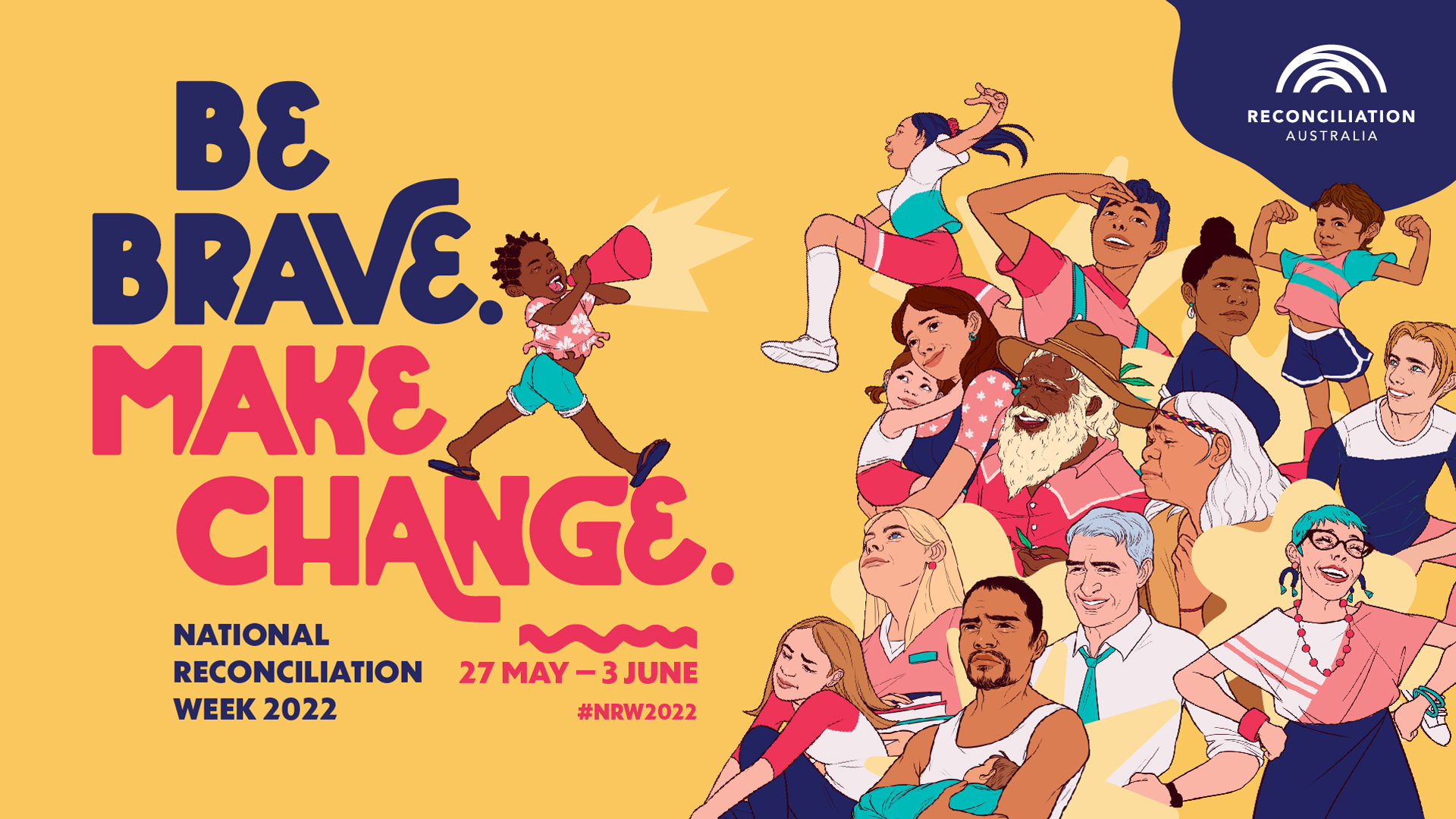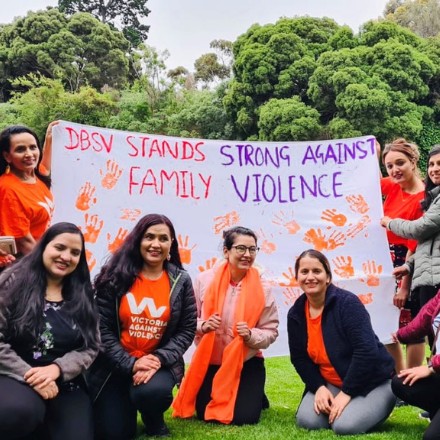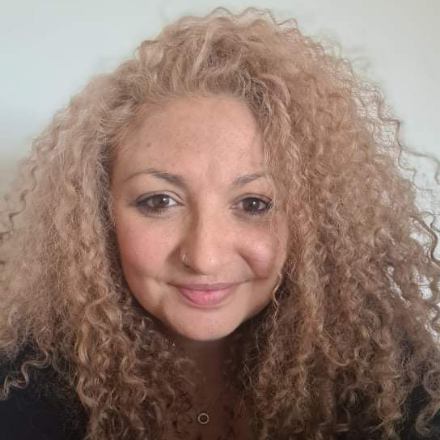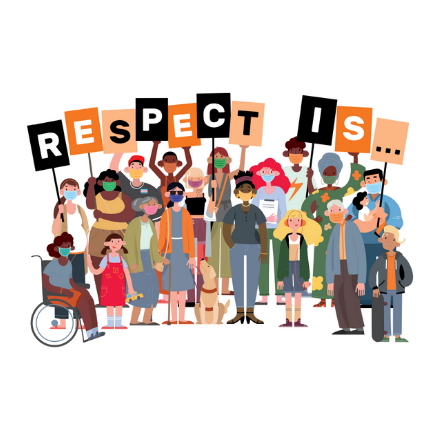Can you tell us a bit about your career in the family violence sector? What inspired you to make the move to The Rainbow Door?
My commitment to working in the family violence sector consolidated when I went to work at WIRE, in the role of Training Coordinator. Building upon existing models, I continued to develop and deliver the support worker training course that many people in the family violence sector have completed as a pivotal part of their practical training. Part of that training included the delivery of RTO accredited units Recognise and Respond to Family Violence. I worked as a Team Leader in the phone room and supported the trainees and workers to apply theory to practice. My time working at WIRE developed my understanding of the response system for survivors and highlighted the service and knowledge gaps for marginalised groups, particularly LGBTIQA + communities.
Wanting to bring this knowledge of family violence prevention and response in a very practical way to serve my community, I started working at Switchboard managing the Vic partnership of the Teleweb service Qlife, the national LGBTIQ peer support service in 2018. I played a key role establishing the After-Hours Service of With Respect as part of the LGBTIQA+ specialist family violence service consortia with Thorne Harbour Health, Transgender Victoria and Drummond Street Services.
In June 2020 Switchboard was funded by Family Safety Victoria, Department of Premier and Cabinet and Department of Families, Fairness and Housing to provide a service response to COVID-19. We weren’t sure what was going to happen in terms of COVID-19, but we were acutely aware that family violence and mental health would be key areas that would spike across all communities.
Rainbow Door is a peer-led family violence response that works towards developing pathways with mainstream and LGBTIQA+ services to address gaps and barriers to service access. Combining the extensive family violence and cross sectoral knowledge of our staff, we were able to develop and roll open the Rainbow Door in less than 3 months. It was a phenomenal team effort to provide a service long overdue for our community. It has been busy since day one.
What does a typical day on Rainbow Door look like?
Rainbow Door is a unique helpline service as we have the flexibility and capacity to offer single session work, provide holding support and short-term case management. We work with all ages, genders and sexualities using feminist, non- oppressive, non- racist and intersectional frameworks.
Of note is that our work in family violence and sexual assault can be with either victim survivors or perpetrators of violence. Rainbow Door provides comprehensive Multi-Agency Risk Assessment and Management (MARAM) for both victim survivors and those using violence and causing harm. We provide warm referral pathways for continued supports whenever possible.
We assist people with identifying and finding the right mental health counselling for them, LGBTQIA+ where possible, provide resources and referrals, and develop holding support plans until those links to longer-term services are established.
We offer information about housing and homelessness services, connect people with NDIS supports, work with older people experiencing isolation and young people exploring gender and sexuality, and provide secondary consultations for services and individual professionals keen to better support their LGBTQIA+ clients.
“We are aware of the lack of service options for our communities and operate a no wrong door policy. We may not always be able to provide exactly the resources needed because they may not exist, but we always attempt to create alternative options and smooth the way for easier pathways and access to mainstream services.”
What do you find challenging about your role?
Finding enough hours in the day to meet the needs of people in our community to access a service that is culturally safe, timely in its response, and not based in an urban centre. Our communities in regional and rural areas can be extremely isolated and lack of access to appropriate services means they are doubly disadvantaged.
“One of the toughest and most frustrating parts of our work is when supporting cisgender gay, bi, queer men, trans men and non-binary people experiencing family violence and intimate partner violence and trying to access crisis support, and accommodation for them, is a significant challenge.”
Obtaining an appropriate crisis service response when they have accompanying children in their care is almost impossible. There unfortunately still exists a patriarchal hetero-normative lens, which creates barriers to service access for these people.
What do you love most about your role?
The conversations. The ones with people who have never spoken about the family violence they experience because they thought no one would believe them, or it would be too difficult to explain their circumstances, their relationship/s their gender identity or sexuality.
The gentle chats with parents of trans and gender diverse kids who call to talk about their fears and concerns and to get support and validation from the team about how to better support their loved ones.
The conversations with workers in the sector who reach out to us to check that they are doing and saying the “right thing” and are so keen to learn how to work better and understand more about how to be a supportive worker to their LGBTIQA+ clients and be strong allies.
The complex calls with folk who are in crisis and are immediately relieved to speak with peers who understand the barriers to service access and have found creative ways through those barriers. We learn so much from them.
“Those who have never contacted a helpline but reach out to us because they want to talk to a peer, someone who gets them. To be listened to, to be heard, and to be understood is often the first step toward safety and healing and it is such a fundamental human need.”
What has been a highlight in your role?
Working with the team to develop the service model and have it up and running in such a short period of time during lockdown was both rewarding and stressful in equal measure. It gave me some extra grey hair that’s for sure! The highlight is that Rainbow Door has been able to offer supports to people who have never contacted a helpline. People have been able to access free or affordable mental health supports and many of those who contact us have never accessed mental health supports before.
Another major highlight has been recruiting incredibly skilled and passionate workers to staff the service. The service that they provide is excellent and inspiring, witnessing the work they do is humbling. We talk to people on some of the worst days of their lives and respond with compassion, care, and skilful practice.
What is the biggest piece of advice would you give practitioners in ‘mainstream’ specialist family violence services supporting a victim survivor from the LGTBTIQA+ community?
We encourage asking questions – about gender identities and sexualities, our lives and who we are – to develop a deeper and broader understanding of appropriate ways to support us. Build on your already highly developed skills, reflect on unconscious biases, and develop more nuanced thinking around particular risk factors for LGBTIQA+ people.
It really helps to recognise that as a marginalised community that intersects with other marginalised communities, people do not always feel safe engaging with mainstream services and supports. Continuing to listen to us and reflexively adapting service responses to support us, all go a long way to minimise barriers, enhance service practice generally, be more inclusive, and improve access for our diverse LGBTIQA+ communities.

